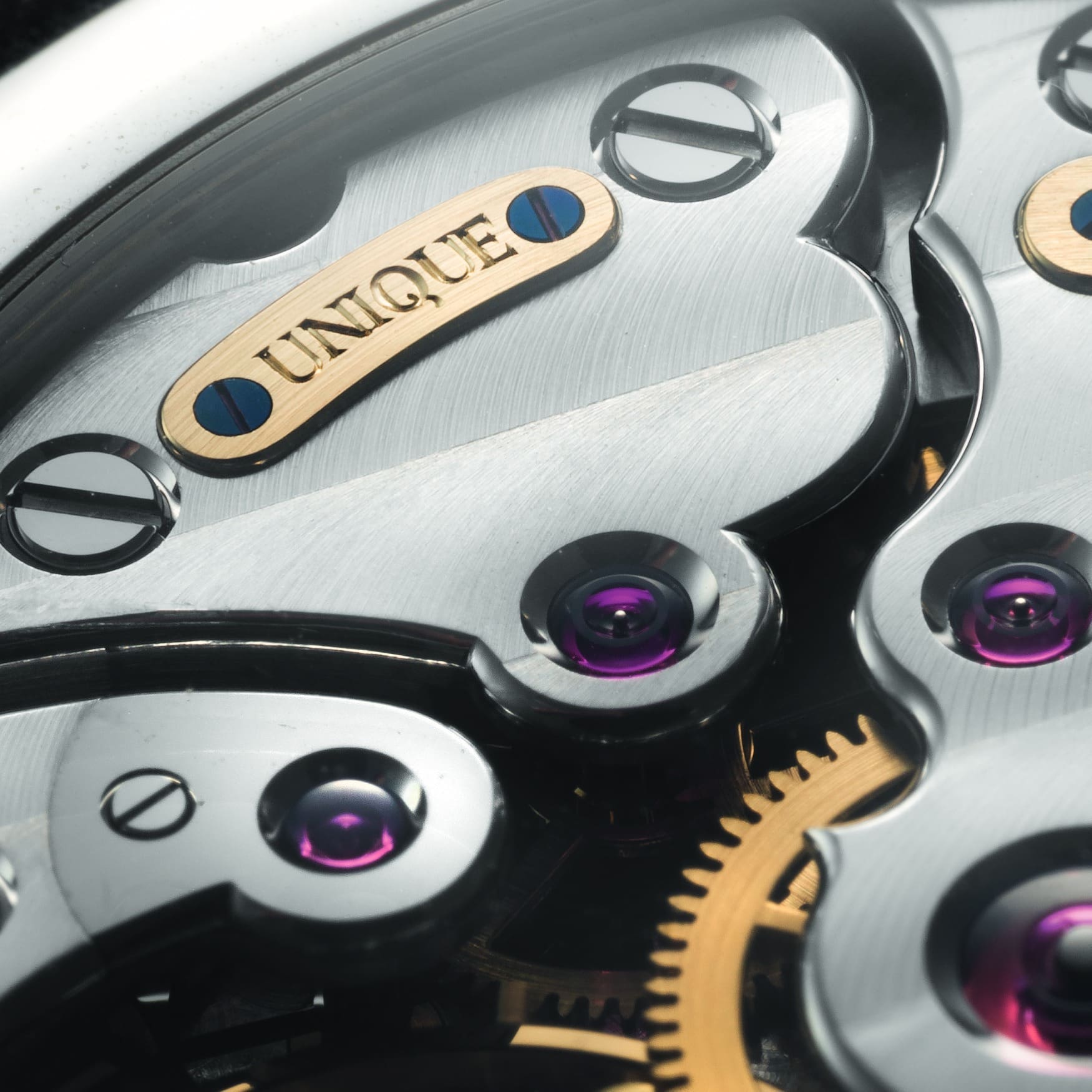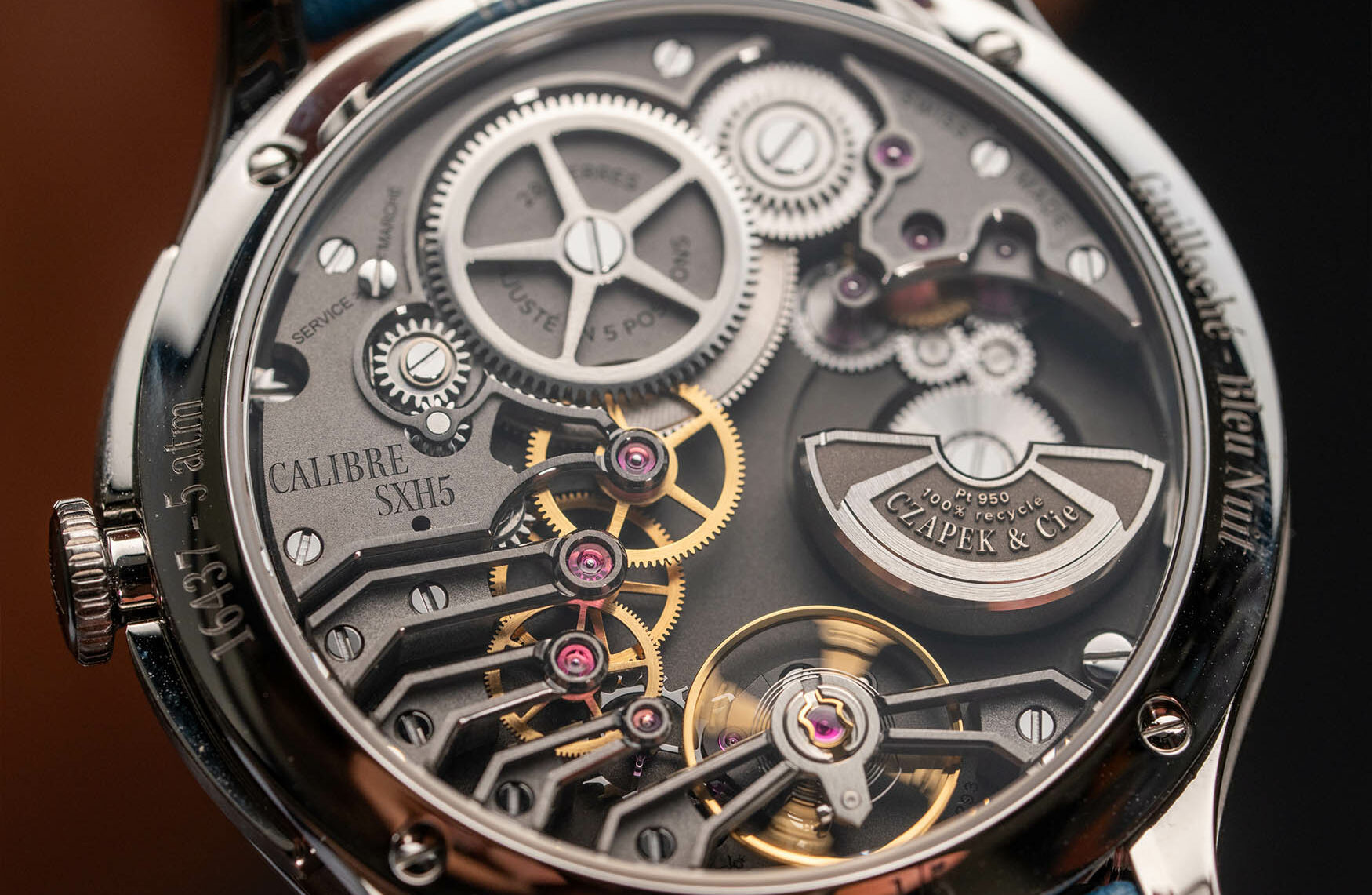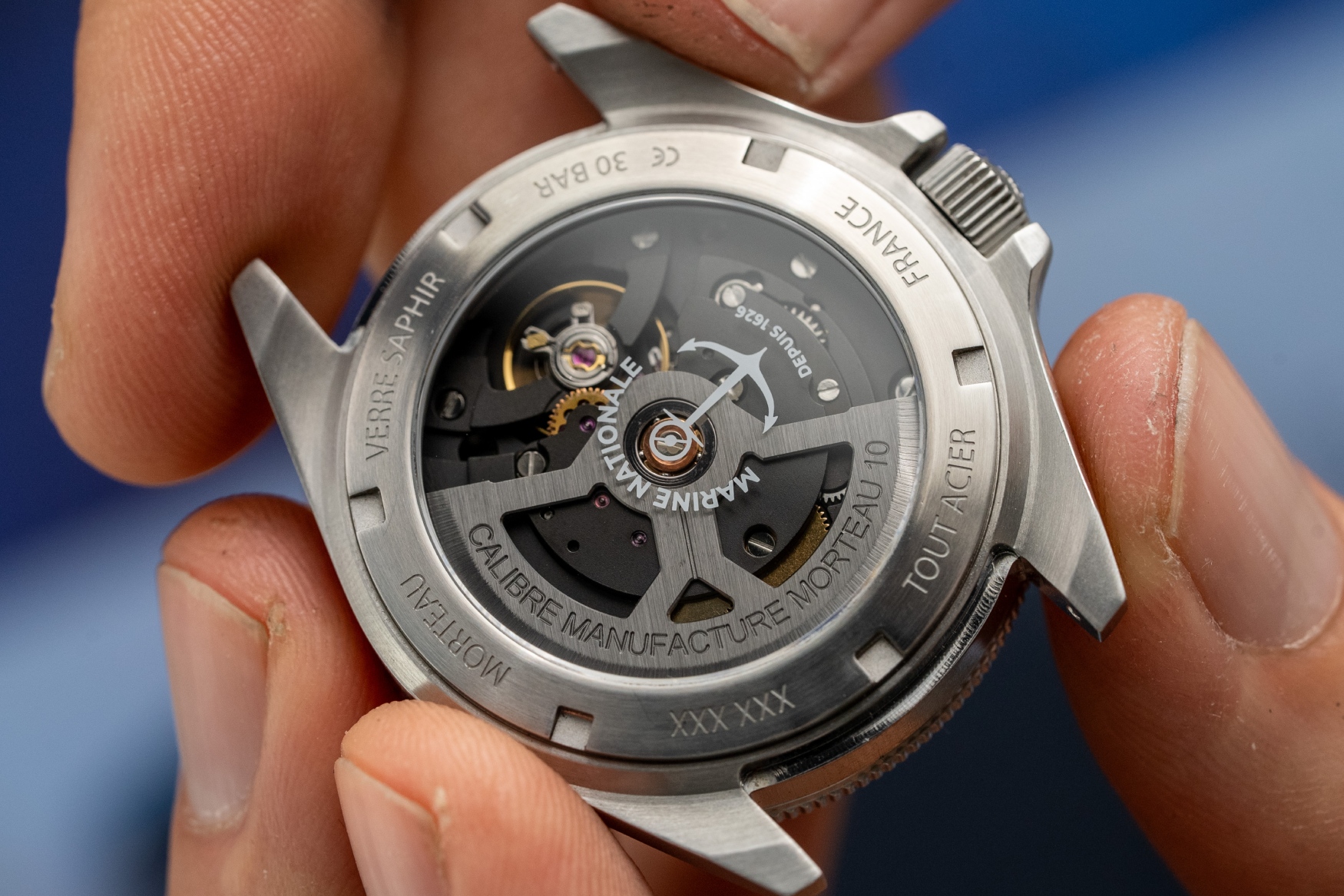Why modern finishing is often just a poor excuse for lack of detail
Borna BošnjakYou’ve heard us talk about all sorts of different movement finishing techniques on Time+Tide, whether it’s perlage, anglage, striping, grenaillage, guillochage… We’ve also called out movements that were undecorated – think entry-level microbrands or Seikos using entry-level 4R/NH35s. That’s all well and good, and to be expected to a certain degree. But there’s an increasing number of brands that applies a similar, totally minimal amount of finishing to their movements – think just plain brushing – and calls it a day. An increasing number of these is being accepted as the new way to finish movements – with people calling it minimal, or modern – when in reality, I think a more accurate descriptor would be “undecorated”. While it’s very difficult to evenly frost or brush a surface by hand, it’s incredible how good machine-made finishes look these days. But is that enough of an excuse to warrant basic finishing on high-end movements? I don’t think so.
The “manufacture” issue

Many brands have begun to lean on this as an actual marketing term. Some of these movements would’ve simply been hidden away and deemed undecorated, but this minimalist approach to dressing up movements is now in. I’d compare it to the way the word “manufacture” has begun to creep into the discussion of movements, as it has become the defacto way for certain brands to refer to movements that are made/customised/decorated for them to a certain degree by an external party. And if that single, particular way of finishing or customising a movement is unique to said brand, boom, you have a “manufacture” movement. Do I think all movements need to be decorated to the nines by gentian wood grown and watered daily by Philippe Dufour himself? Absolutely not. Do I care whether a movement is in-house, “manufacture”, or made by a third party? Again, not necessarily. As long as everything is openly disclosed rather than veiled under some odd pretense of “well, we’re not really saying it is or it isn’t”, I couldn’t care less. Of course, this is unhelpful for brands when the level of decoration or quality of movement should be at a certain level given the price of the watch, and it simply isn’t.
The aesthetic issue

Okay, so does all of this mean we should ditch this “modern” finishing thing altogether? Again, the answer is no. Just like the watches made by the aforementioned M. Dufour would look wrong without its signature anglage, certain watches would just not go without highly contrasting PVD-treated bridges, minimal brushing, and frosted surfaces. Take the Grönefeld Principia as the ideal example of what a movement with “modern finishing” should look like. There’s not a single Geneva stripe in sight, and yet, I dare you to tell me that this is not a stunning movement. The secret is the way in which the horological brothers were able to combine traditional finishing methods (in this case anglage and perlage), with those often seen on avant-garde finishes such as the blackened bridge inners. The exception here is, everything is done to an exceptional standard.

But what about those who don’t want to spend the tens of thousands of dollars on a watch like the Principia (assuming we’re in a world in which Grönefeld hasn’t closed its order books)? Let’s look at a brand like Czapek, for example. The SXH5 is the golden standard of what a modern movement should look like in my opinion, both in terms of finishing and architecture. It looks high-tech, and while the degree of finishing isn’t as high as the Grönefeld, the stunning SXH5 can be found in the Promenade starting at CHF 17,350.

Going even more “affordable” than that, you can look at independents like Holthinrichs, or Yema at a very affordable level. The latter is especially notable, given that its Olivier Mory-developed movements are a rarity for a relatively small brand, and they’re still attractive to look at despite their affordability.
The last, and maybe best alternative at a lower price, is a closed caseback. More often than not, that could help with the overall thickness of the watch, and if any money was put into movement finishing, it can now go towards improving the finishing of the case or dial, improving the quality of the strap, or maybe even reducing the price. Those all sound better to me than a display caseback with an uninspiring view, especially if you’re spending serious money.

